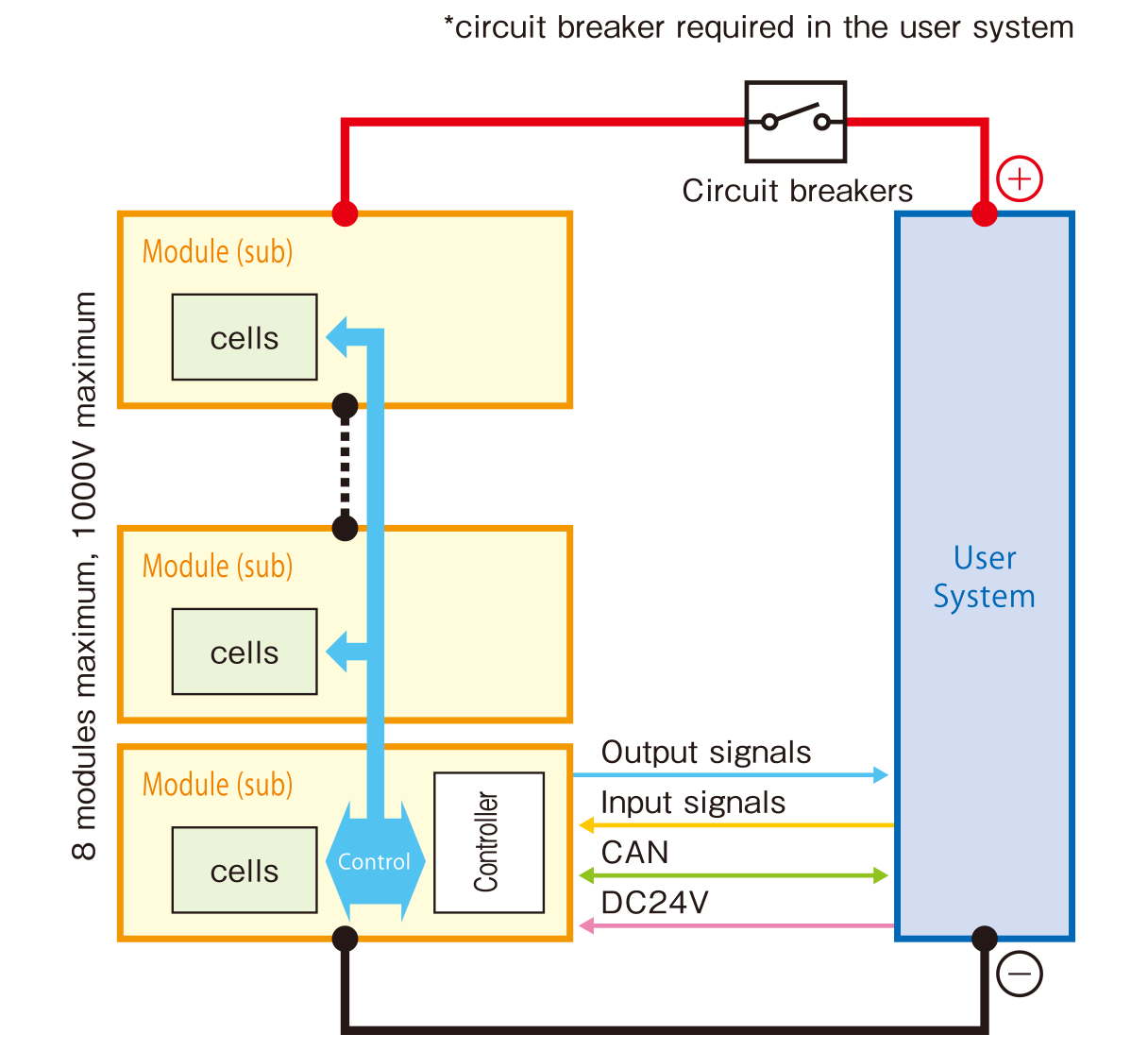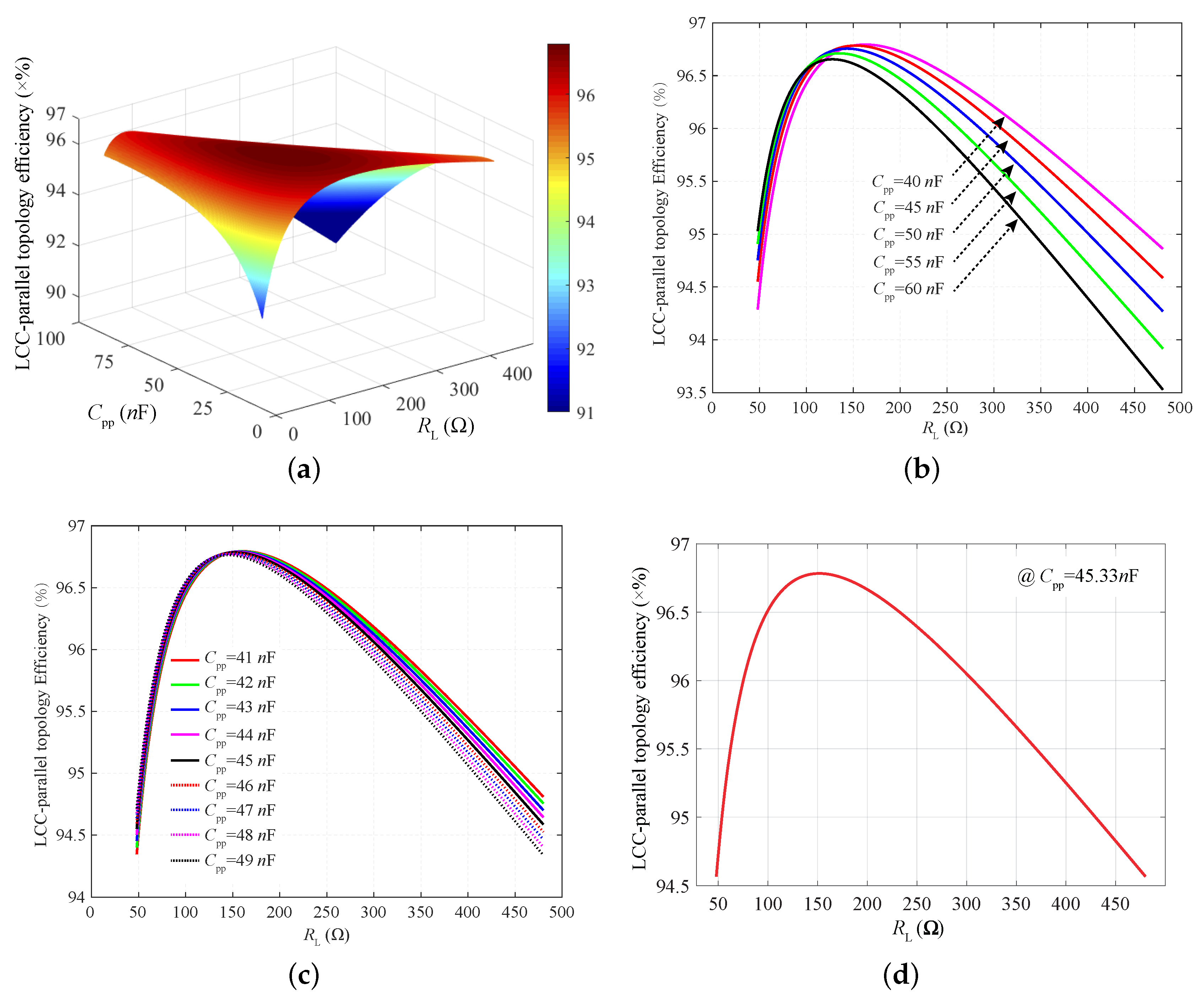
I no longer worry about voltage control for standard lead-acid batteries, I simply allow these to get charged on current-controlled DC input until I find the cells have started gassing.
#Battery pulse charging with pll 60hz input capacitor free
It could be preferable to employ, if easily obtainable, a 16.9V regulator diode of the same power rating to safeguard against maintenance free type batteries from gassing their electrolyte away, simply because they cannot be capped up.

These are generally even now that are available and, I believe, resemble the Philips BZY91-C15. The best suitable device I could imagine could be the one utilized on English motorbikes. Using this type of primitive circuit arrangement, the best method of manipulating the constant-voltage phase of the charging demands the use of a large zener diode. WARNING: THE CIRCUIT IS DIRECTLY CONNECTED WITH MAINS VOLTAGE AND IS EXTREMELY LETHAL TO TOUCHīecause this current is comparable to that necessary to service-charge MF batteries, I introduced a bridge rectifier, BR1, at the neutral supply input. The oven element limits current between 1.75- 2-5A determined by its temperature. The correct charging technique that I've been working with to revive these types of dead batteries consists of a table-top oven heater element. The right charging voltages are: normal lead-acid (with caps on top) 14.4V, MF (sealed maintenance free etc.) 16-9V. The datasheet shows that this is the ideal level where the constant-current charging must be switched to constant-voltage charging. As the terminal voltage drops to 10-8 V per 6 cells while the sulphation eliminates and plate charging initiates, which allows a comfortable trigger limit. I discovered that around 25 % of the 1 Ah capacity performs nicely. The charging source should be current controlled. The details in the manufacturer's datasheet is rather crystal clear: when the battery is not kept discharged over a couple of weeks, boosting the charge voltage to around 30V/6 cells may knock down the sulphate crystals. If charged from a constant voltage source, the sulphate will hinder satisfactory current circulation to convert the sulfation back. SMF batteries have huge applications fields, such as in UPS, power supplies for example, as well as for alarm systems.Ī completely discharged (<10.8V/6 cells) battery may quickly start forming sulphate crystals. Therefore efforts to restore this type of battery might ruin an absolutely functional battery. Several alterations on the inner structure for MF batteries imply that sulphation is `natural'.

When we talk about sealed 'maintenance -free' (MF) lead-acid batteries particularly, choosing whether or not to apply pulse charging is immaterial, because you cannot look at plates.

So I don't recommend, under any circumstances using pulsed charging for lead acid batteries.Īctually you may find it shocking that lead-acid batteries dislike the pulse charging technique, given that many car alternators enforce a half-wave charging cycle with extensively fluctuating frequency over a large to substantial load current. Additional strategies I have experimented with offer far better effects. Pulse charging can knock down the sulfation in lead acid batteries, however I have so far never seen a battery in sulfated condition which comes back convincingly.


 0 kommentar(er)
0 kommentar(er)
